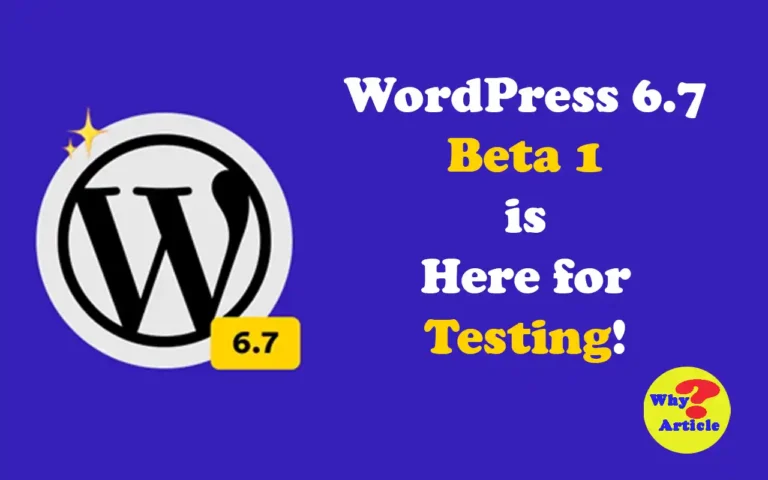What is Microblogging? Benefits and Best Practices

In today’s fast-moving digital world, microblogging has become a game-changer for sharing brief and powerful messages. Unlike traditional blogging, which often involves lengthy content and detailed writing, microblogging emphasizes short and immediate updates.
Whether you’re a business looking to connect with your audience or an individual sharing personal moments, mastering microblogging can give you a notable advantage online.
In this guide, we’ll explore what microblogging is, why it’s so effective and how it stands apart from traditional blogging. We’ll also cover how to make the most of popular microblogging platforms and provide practical tips for creating engaging microblogs that grab attention and boost interaction.
What is Microblogging?
Microblogging is a quick and straightforward form of blogging that focuses on brief posts designed for fast and direct interactions with your audience. These short updates are typically shared on social media platforms like Twitter (X) or Instagram and can come in various formats including text, images, audio or video.
The beauty of microblogging lies in its ability to keep users connected with trending topics, friends or family. It’s also a valuable tool for organizations aiming to engage with their target audiences.
Content shared through microblogging often includes personal updates, event highlights, news, memes and inspirational quotes.
One of the main advantages of microblogging is its immediacy and convenience. Posts are usually limited to 140 to 280 characters, making them easy to create and consume across a range of devices, particularly smartphones.
For businesses and brands, microblogging provides a speedy way to connect with their audience. Unlike traditional blogging, which involves lengthy articles, microblogging facilitates quick, engaging interactions.
This format is perfect for announcing new products, sharing updates, linking to longer content and having real-time conversations with customers.
In the U.S., microblogging has been used effectively by figures like former during his campaigns via Twitter (X), a leading microblogging platform. Major media outlets such as The New York Times and the Associated Press also use microblogging to share headlines and links.
Other uses for microblogging include live traffic updates, sports news and emergency alerts.
Advantages of Microblogging
Microblogging offers several benefits, including:
- Increased Posting Frequency: Microbloggers can publish short updates more regularly compared to traditional, longer blog posts.
- Quicker Content Creation: Crafting brief microblog posts takes less time than producing longer articles, making content creation more efficient.
- Ideal for Timely Information: Microblogs are perfect for sharing breaking news, event updates and trending topics quickly.
- Mobile Accessibility: Designed for mobile devices, microblogs are easily accessible, allowing users to engage with content on the go.
- Enhanced Engagement: The concise format of microblogging promotes interaction, enabling users to comment, retweet, like and share posts with ease.
- Effective Marketing Tool: Businesses can leverage microblogs for marketing by posting images, promotions and links to their products, reaching a broader audience efficiently.
Microblogging vs. Traditional Blogging
When comparing traditional blogging and microblogging, the main difference lies in their length. Traditional blogs are long-form and can range from a single paragraph to several pages. On the other hand, microblogs are shorter and more concise.
Creating a microblog is quicker and facilitates faster communication with an audience. Traditional blogs, in contrast, require more time to produce and often involve a one-way communication approach. While traditional blogs can be hosted on various websites, microblogs are generally hosted on social networking platforms like Twitter, Facebook or LinkedIn etc.
Because traditional blogs are more extensive, they often offer detailed, information-rich content. Blogging platforms may provide tutorials, in-depth analysis or commentary on various topics.
Microblogs, with their character limits, focus on delivering brief, targeted messages and foster quick interactions with audiences. They are particularly suited for mobile use, allowing users to create and share short posts effortlessly while on the go.
Popular Microblogging Platforms
Microblogging platforms include well-known social media sites such as:
- Twitter (now X): Ideal for sharing short posts, links and other content within a 280-character limit. Users can send messages and share diverse types of content with friends, family and groups.
- Instagram: A visual-centric microblogging platform owned by Meta (Facebook), specializing in photo and video content.
- LinkedIn: Known for professional networking, LinkedIn connects users with businesses and industry professionals, facilitating career-focused interactions.
- TikTok: A popular app for sharing short-form video content, enabling users to create engaging video microblogs.
- Pinterest: Users can share and discover images related to products, style inspiration, recipes and more, offering visual microblogging experiences.
Tips for Crafting Impactful Microblogs
Creating a standout microblog starts with picking the right platform for your content. Your choice should align with the type of content you want to share.
For instance, if your microblog revolves around a striking image, platforms like Instagram or Twitter are ideal. If short videos are your focus, TikTok or Instagram Reels are the best bets. Text-heavy posts shine on Facebook or Twitter, while LinkedIn excels with professional or business-related content.
Here’s a quick guide to which platform suits different content types:
- Instagram: Perfect for eye-catching visuals and brief videos.
- Facebook: Great for text updates, images and links.
- Twitter: Ideal for quick text posts, images and links.
- LinkedIn: Best for professional text content and links.
- TikTok: Suited for engaging short-form videos.
- Pinterest: Focuses on visual content like infographics and images.
Knowing the demographics of each platform can also guide your decision. For instance, data from SproutSocial shows:
- Facebook: 2.91 billion monthly active users, predominantly aged 25-34.
- Instagram: 2 billion monthly active users, mainly aged 25-34 and 18-24.
- TikTok: 1 billion monthly active users, with a large base of ages 10-19.
- X: 211 million daily active users, mostly aged 18-29.
- LinkedIn: 810 million monthly active users, primarily aged 25-34.
- Pinterest: 431 million monthly active users, mainly aged 50-64.
Understanding these demographics, along with gender breakdowns and platform usage patterns, can help tailor your microblogging strategy.
When creating microblogs, businesses should focus on relevance and brand consistency. Posts can range from status updates and video clips to infographics, memes and inspirational quotes.
Here are some additional tips for crafting engaging microblogs:
- Keep Content Digestible: Make sure your posts are easy to read and understand.
- Incorporate Humor: Light-hearted content can make your posts more engaging.
- Share Personal Stories: Relatable and authentic stories can create a deeper connection with your audience.
Using automation tools like SproutSocial can streamline your posting process by scheduling posts or distributing them across multiple platforms simultaneously. This ensures your content reaches your audience effectively and efficiently.







Informative, knowledgeable, and catching content.